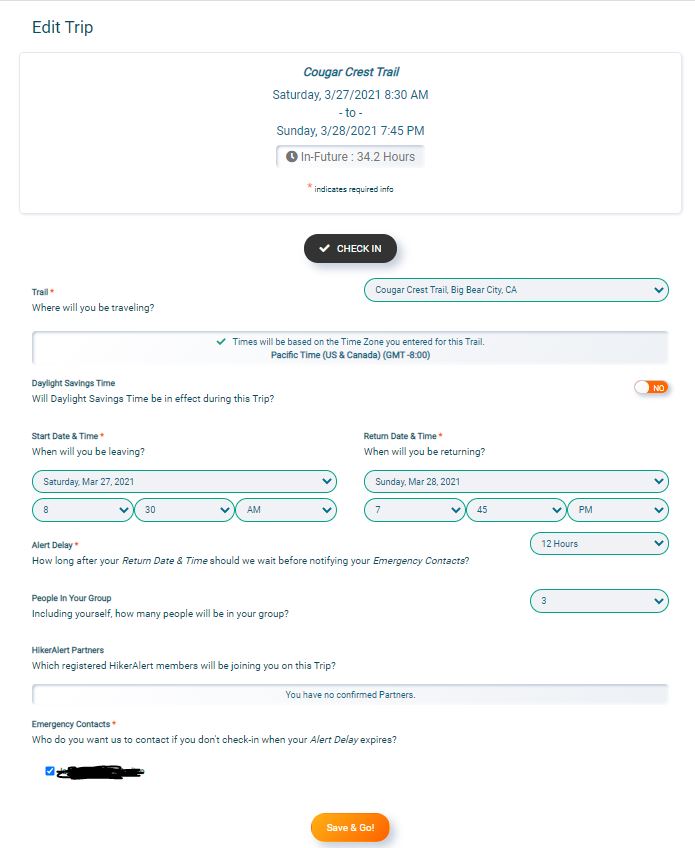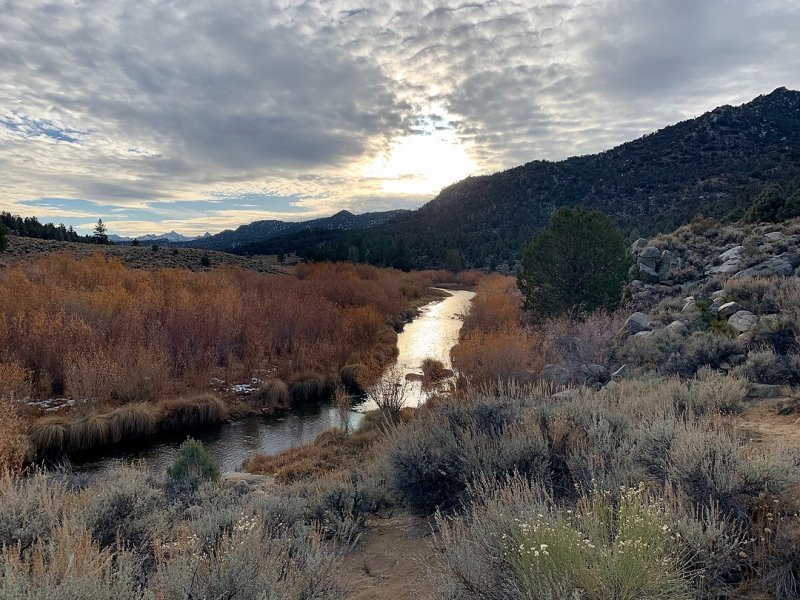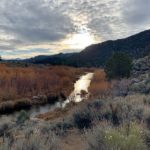Introduction
Public participation in scientific research is a growing trend, especially in natural resource management. Seeking people feedbacks, incorportating community leaders in decision process, and finally using citizens to gather in-situ data.
Requirements for data collection
There is no requirements to be part of any data collection projects from a citizen science program. However, participants should have strong ethical standards, be aware and cautious of the environments they will be evolving, and follow strict protocols to collect high quality data.

Safety is one the most critical aspect of data collection projects from citizen science programs. As most data collected are the ones difficult to access, hiking alone or along with a group can be extremely dangerous. Data collection in mountain rivers or rapids for instance is extremely hazardous and only experienced people should do it. Backpacking trips over several days can also be dangerous. It is always recommended to let someone know about your adventure trip (location, duration, planned trails). Applications such as HikerAlert can be extremely useful. Navigation applications such as Gaia GPS or All Trails also have the possibility to share your planned trails with your emergency contact.
Examples of projects
The Wild and Scenic River Network
There are 226 national wild and scenic rivers in 40 States and the Commonwealth of Puerto Rico, totaling more than 13,412 miles (as of April 2019). The United States Forest Service, National Park Service, Bureau of Land Management, and the United States Fish and Wildlife are the four primary federal agencies with responsibility for the National Wild and Scenic Rivers System. These agencies are responsible for protecting and enhancing the river values for the components located within their management boundaries, whether designated by Congress, or by the Secretary of Interior at the request of a governor.
All around the country, community-based organizations are collecting information on the nation’s waterways, with the potential to fill data gaps and inform better water management for healthier rivers and communities. Groups are working on projects including monitoring restoration efforts, validating climate change-related flood models, documenting the impact of road salt on streams, and tracking algal blooms. River Network has long supported groups nationwide in their efforts to effectively use and share community collected science and information to meet their goals for streams and rivers.


